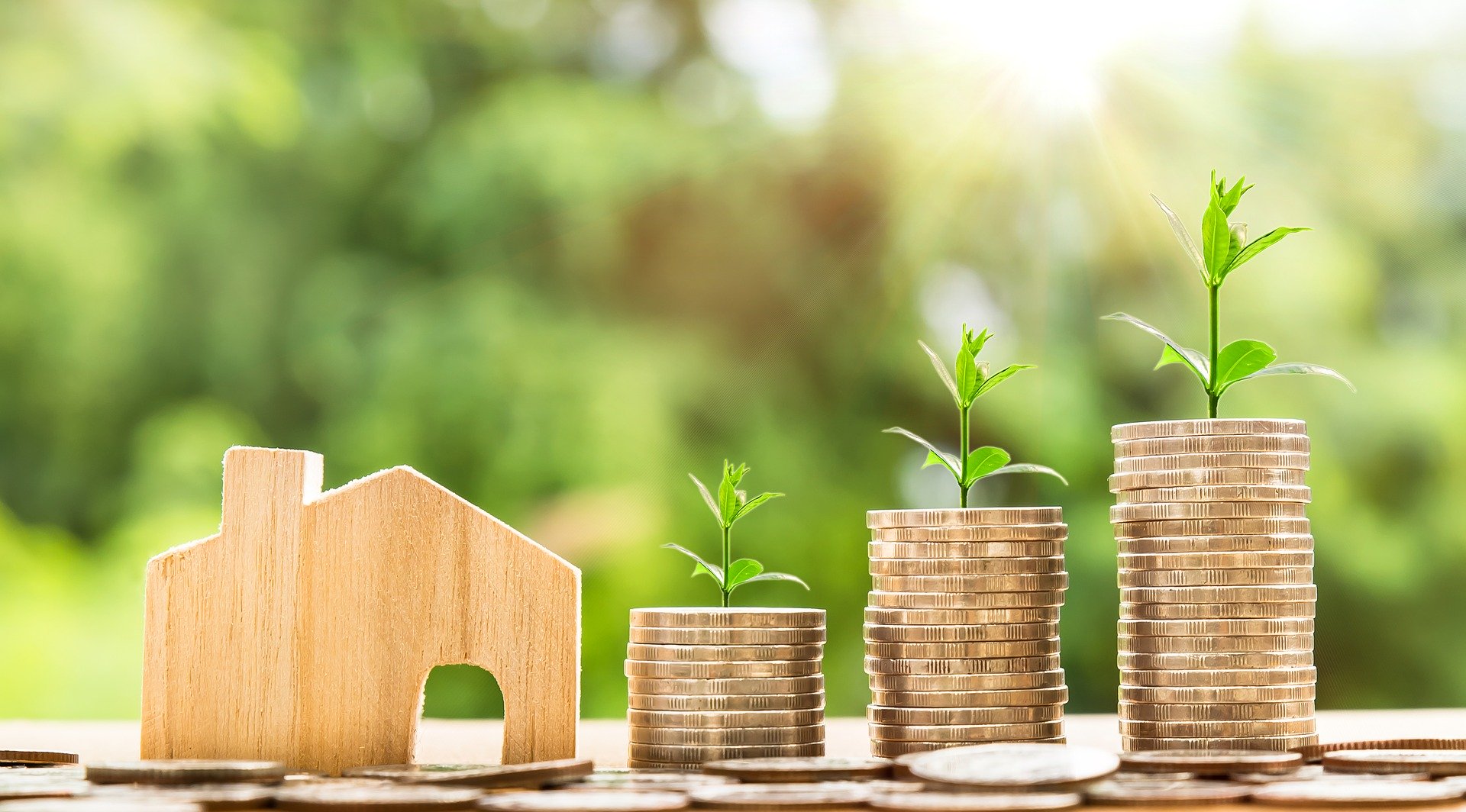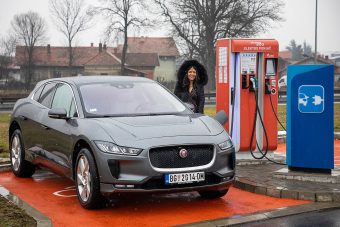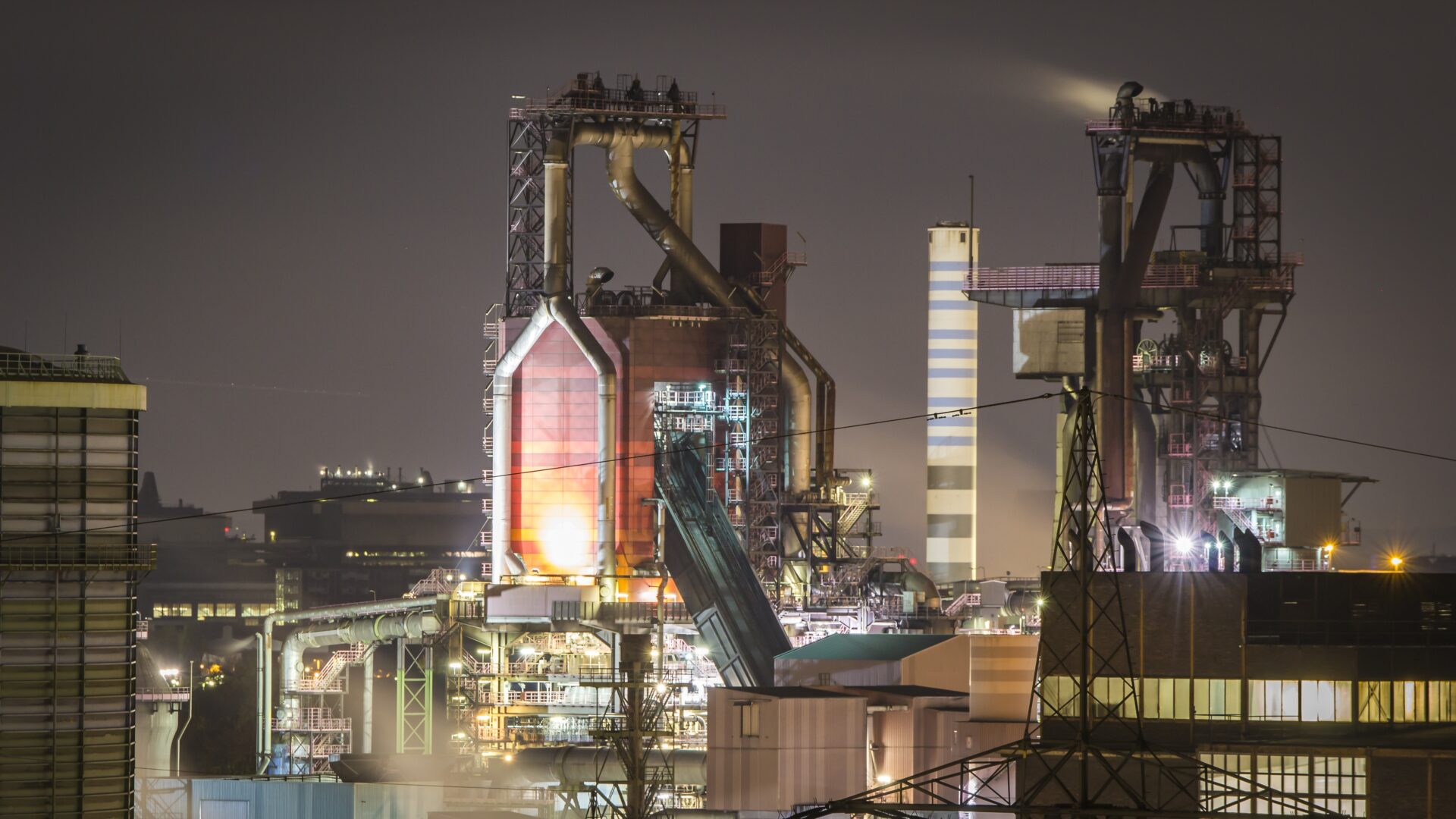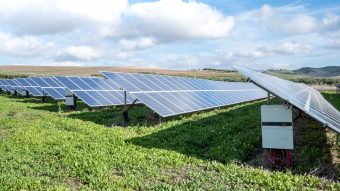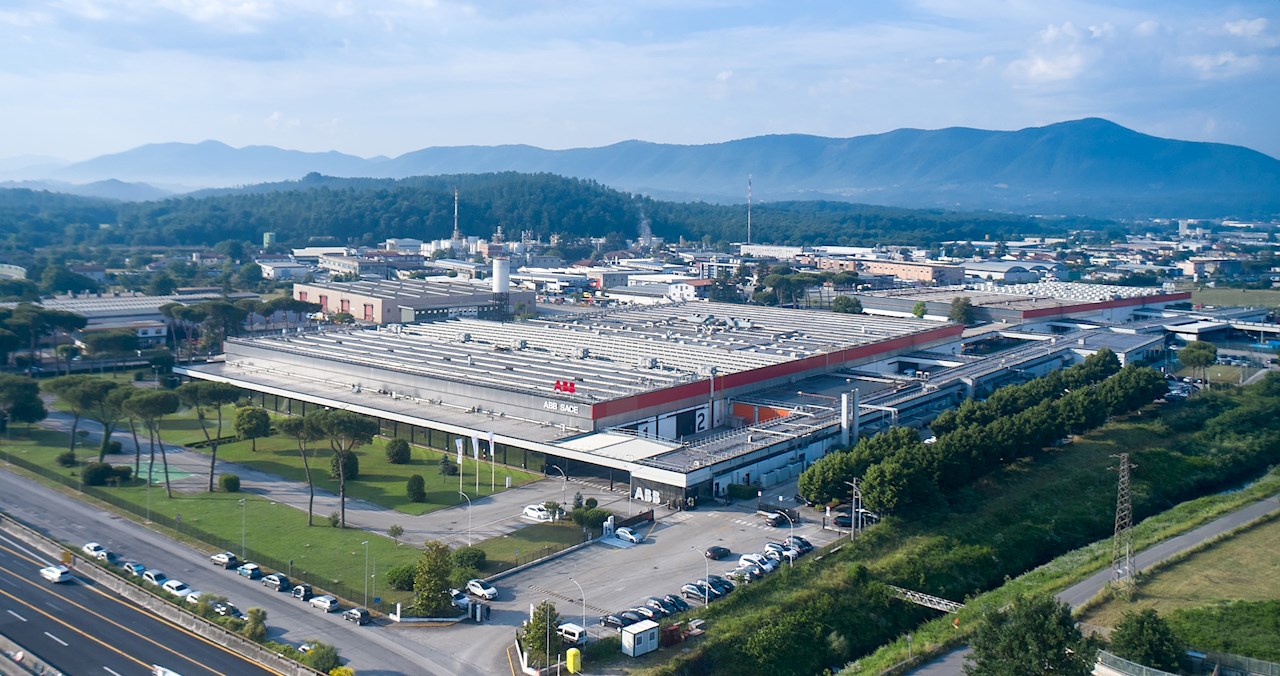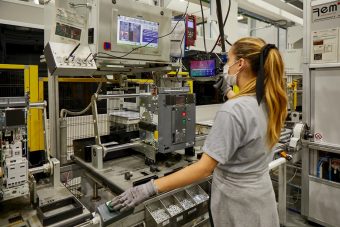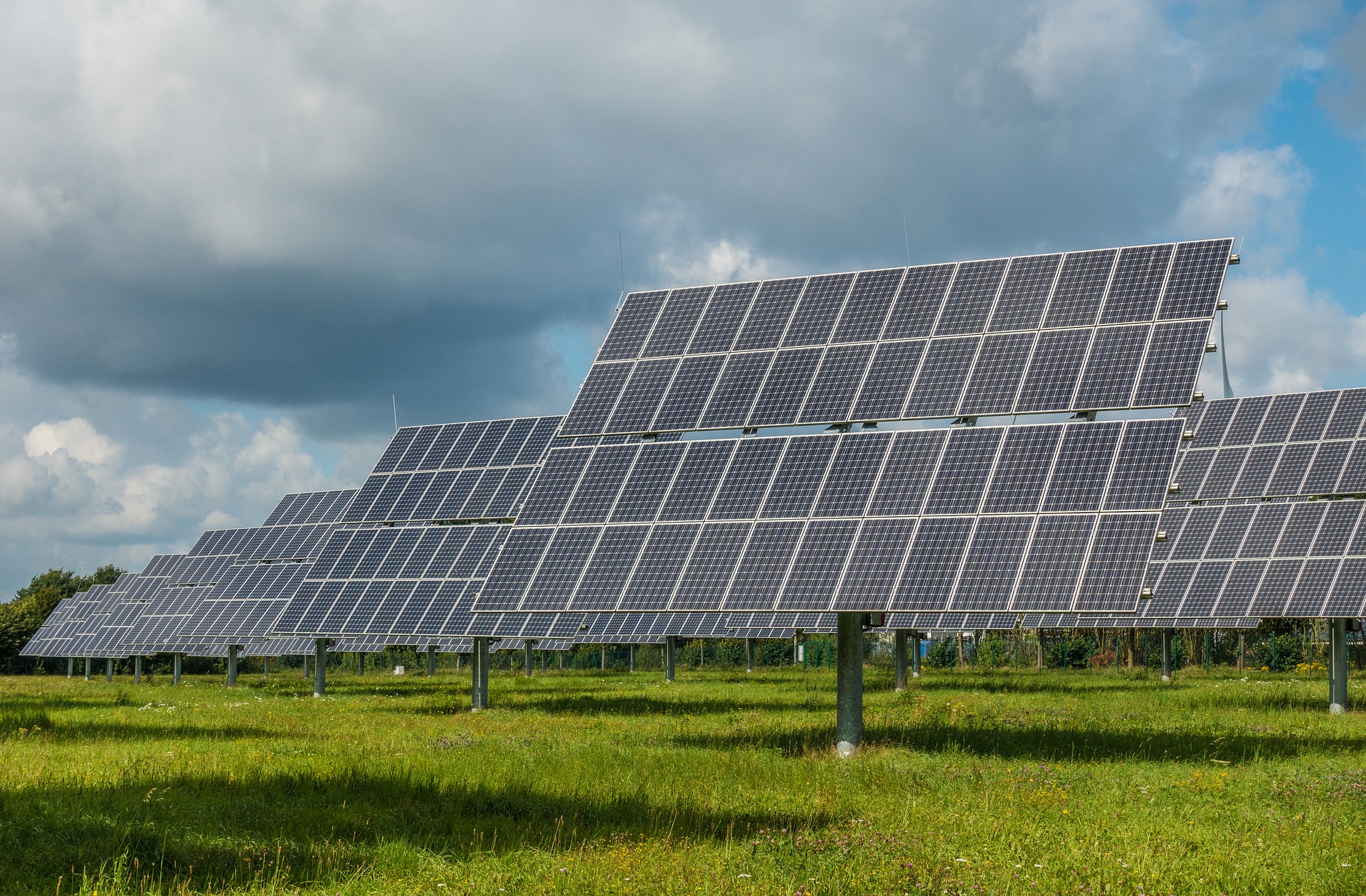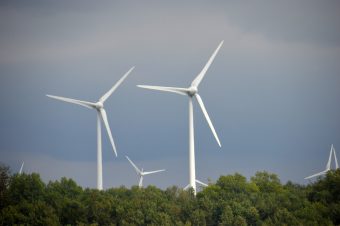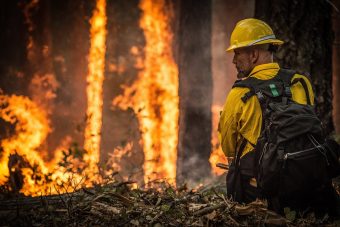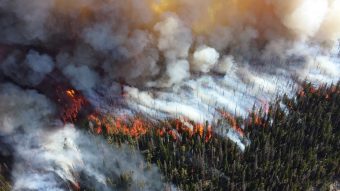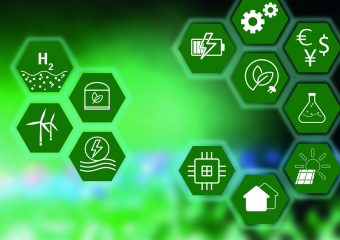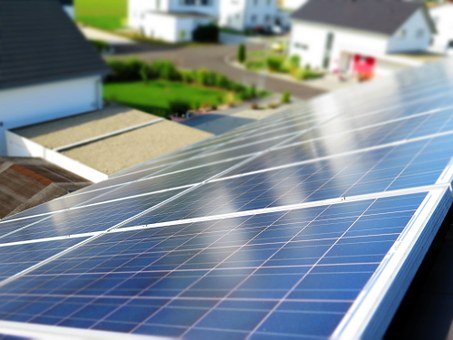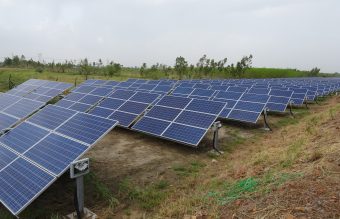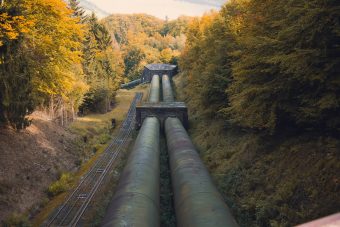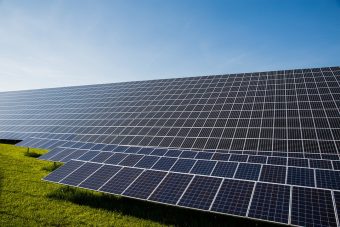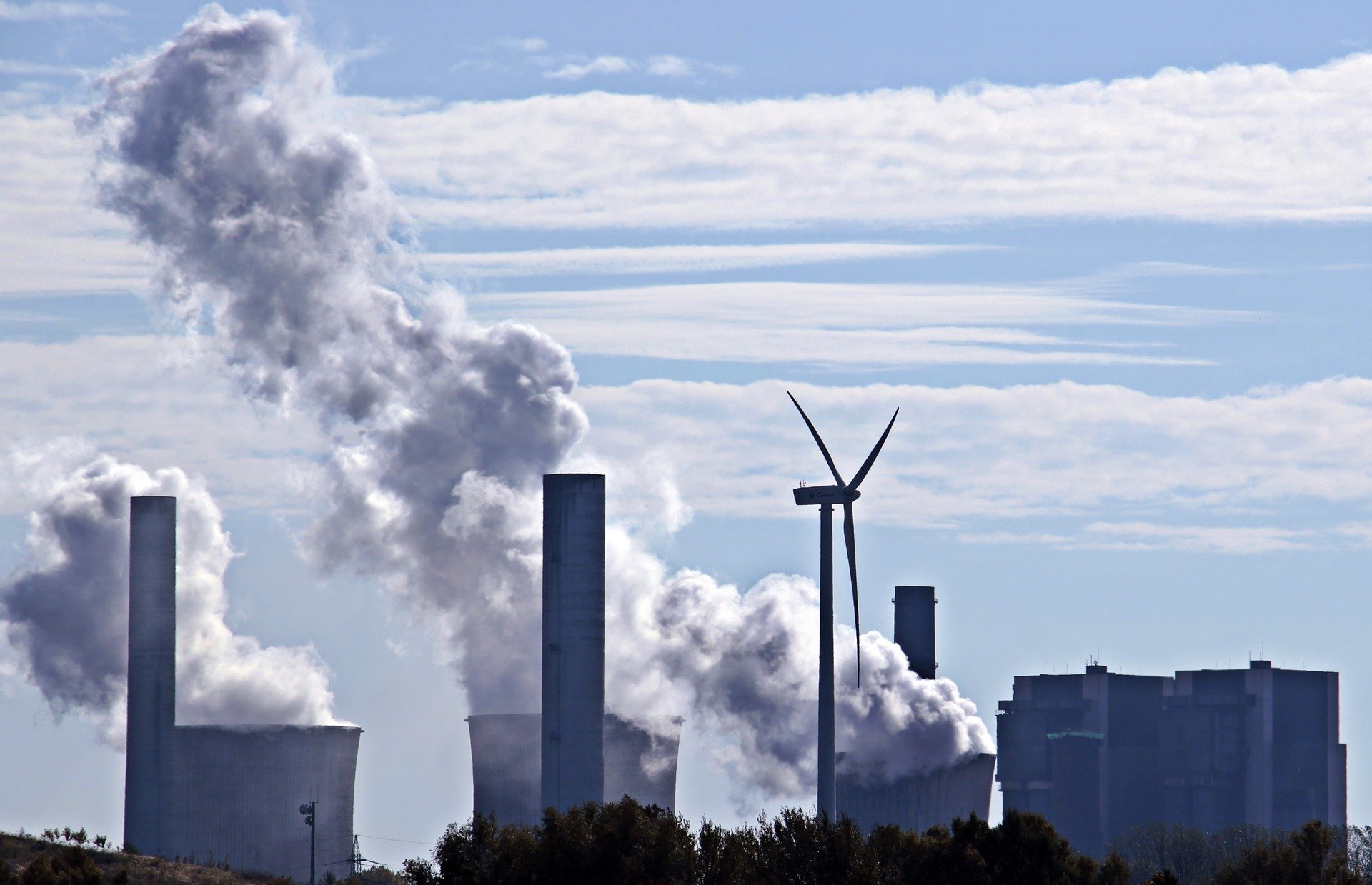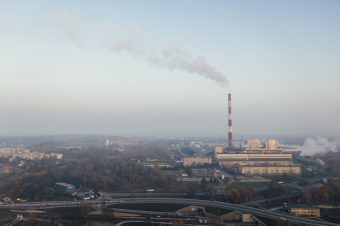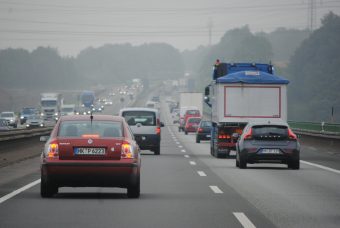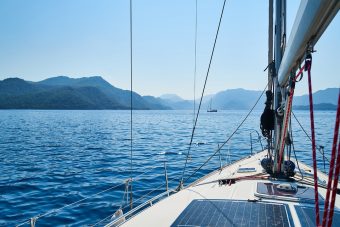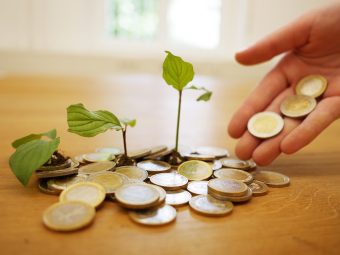
Green bonds can serve as a key instrument to finance the transition towards a low-carbon economy in the Energy Community Contracting Parties. The Energy Community Secretariat, in cooperation with the Hungarian National Bank and with the support of the Western Balkans Green Center, is launching a new webinar series to help raise awareness of green bonds and provide practical advice on how to mobilize this type of finance. With investors actively looking for sustainable, green investment opportunities, focus will be put on the tools needed to attract potential investors.
In the course of six webinar-style lectures, the Secretariat will seek to improve Energy Community stakeholders’ knowledge about the steps to take to design green bonds on a national, municipal and company scale, while also focusing on the building sector and energy transition. The webinars aim to attract a wide range of stakeholders including government decision-makers, energy sector actors, academia as well as civil society and other interested stakeholders.
Registration for the webinars is now open.
Introduction to green finance and green bonds – 24 March Register now
Government bonds issuance to support national green programmes – 7 April Register now
Green bonds issuance on national and municipal level to support just transition – 21 April Register now
Green bonds supporting investments in sustainable buildings – 5 May Register now
Green bonds supporting investments in the energy sector – 19 May Register now
Setting up an ESG (Environment, Social, Governance) strategy and including ESG-aspects in financial operations – 2 June Register now
Source: Energy Community


